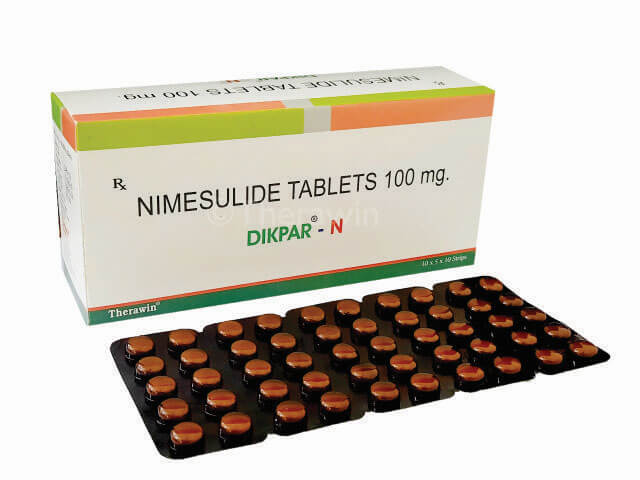New ultrasound scoring system to cut unnecessary thyroid biopsies
Mon 19 Jun 2017, 14:57:00

Washington D.C. : With many Americans undergoing needless thyroid biopsies, a team of experts has framed new clinical guidelines that would go a long way toward curbing the problem.
Nodules, a type of abnormality detected by ultrasound, are extremely common in the thyroid gland. Up to two-thirds of adults have nodules in this gland, and most are benign or only cause a slow-growing cancer that is no threat to life.
"If you have a cancer that is not going to harm you, and you are not aware of it, is it useful to do a fine-needle aspiration?" said University of Alabama at Birmingham's Franklin Tessler. "People are asking, what are we doing? Are we using scarce resources wisely?"
Thyroid cancers are greatly over-diagnosed in the United States. About three-quarters of thyroid cancers in women and nearly one-half in men would not, if the nodules had been left alone and not biopsied with a needle, resulted in symptoms or death.
Tessler and a national committee of experts published guidelines for an ultrasound-based risk stratification system to identify nodules that warrant biopsy or sonographic follow-up.
The guidelines, they write, are "designed to identify most clinically significant malignancies while reducing the number of biopsies performed on benign nodules."
"This potentially will have a big public health effect," said Tessler.
Their Thyroid Imaging, Reporting and Data System or TI-RADS is
modelled after the American College of Radiology's BI-RADS, a widely accepted risk stratification system for breast lesions.
modelled after the American College of Radiology's BI-RADS, a widely accepted risk stratification system for breast lesions.
The experts sought guidelines that are 1) founded on ultrasound features defined in their previously published lexicon; 2) easy to apply across a wide gamut of ultrasound practices; 3) able to classify all thyroid nodules; and 4) evidence-based, to the greatest extent possible, with the aid of underlying data on 3,800 nodules and more than 100,000 cancers.
Their new guidelines follow many attempts over the past 15 years to create guidelines for whether to do a fine-needle aspiration biopsy. Most are based on details of the appearance and size of nodules that are visualized with high-resolution ultrasound.
But "the plethora, complexity and lack of congruence of these systems has limited their adoption by the ultrasound community and inspired our effort to publish a classification system under the auspices of the American College of Radiology," Tessler and colleagues wrote.
The American College of Radiology TI-RADS has five different categories for nodule appearance - composition, echogenicity, shape, margin and echogenic foci. The shape category has two choices - wider-than-tall vs. taller-than-wide. The other four categories have four choices each, such as "hypoechoic" under the category echogenicity or "lobulated or irregular" under margin. Each choice as a point value, ranging from 0 to 3 points. "Wider-than-tall," for example, is 0 points, and "taller-than-wide" is 3 points.
No Comments For This Post, Be first to write a Comment.
Most viewed from Health
AIMIM News
Latest Urdu News
Most Viewed
May 26, 2020
Can Lionel Messi's visit boost Indian football?
Latest Videos View All
Like Us
Home
About Us
Advertise With Us
All Polls
Epaper Archives
Privacy Policy
Contact Us
Download Etemaad App
© 2026 Etemaad Daily News, All Rights Reserved.

























.jpg)
.jpg)
.jpg)


